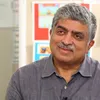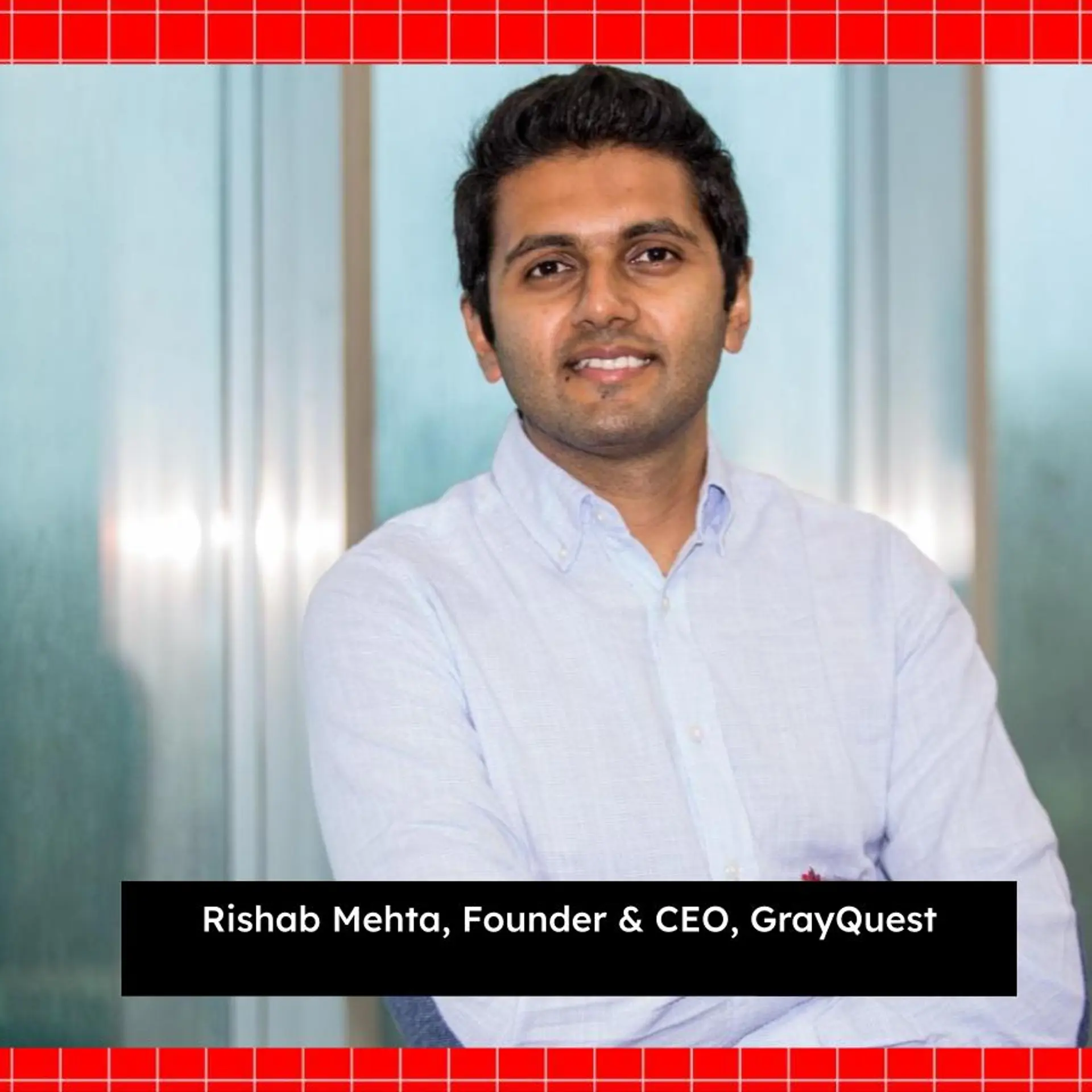How design integrates the tech innovation ecosystem: next-gen insights from Scott Sorokin, Global Head, Infosys XD
Creativity and technology are becoming tightly integrated as businesses search for success in a world of mobile, social, search, and data. Tech innovators need to prioritise user needs as much as business goals, explains Scott Sorokin, Global Head, Infosys XD.
Scott Sorokin is the Global Head of Infosys Experience Design (Infosys XD), helping companies succeed in the landscape of mobile, social, search, and data. He was earlier the Chief Strategy Officer at Razorfish Global, and Founder/Chief Creative Officer at Grey Interactive Worldwide, one of the first digital agencies.

Scott Sorokin, Infosys XD
Scott is also a speaker at the upcoming DesignUp 2019 conference in Bengaluru, for which YourStory is the media partner. See our earlier coverage of DesignUp 2018 and 2017, and our d.Zen (‘Design Zen’) section for more resources on design.
Scott joins us in this interview on the next generation of designers, the role of contextualisation, the collaboration between design and IT, and emerging design trends of 2020.
YourStory: In a world of information overload and unending distractions, what do you see as the key role of designers?
Scott Sorokin: The role of designers is evolving, and Infosys XD is actively creating what will be the next generation of designers. It used to be relegated to merely creative challenges but is now being tasked with solving technology and business problems.
These next-gen "versatilists" will not only be driven by creative, but also by technology. Graphic designers of yesterday are now the UX designers of today and will become the avatar programmers and data designers of tomorrow.
We've modelled the Infosys XD Studios after the early days of Apple when Steve Jobs assembled a team of individuals from varied disciplines to show how the value of the arts could be integrated with computer technology and engineering.
Through our five-year partnership with the Rhode Island School of Design (RISD), we are applying the skills of traditional design to "big picture" systemic challenges. Our RISD Strategic Designers are helping to redefine how problems are approached, questioning the question, and reframing it to solve complex challenges at the intersection of design, technology, and industry.
YS: There seems to be some confusion between 'design' and 'design thinking' - can you shed some light on how they differ, or where one ends and the other begins?
SS: Design Thinking, which initially came out of Stanford's d.school, aimed to codify a process to develop products, processes, and services for a target audience or users. Where it comes up short is in ensuring that the human factor is considered.
These shortcomings are somewhat addressed by Human-Centred Design, which was used as an overlay to Design Thinking, to ensure that a product or service was relevant and beneficial and had more long-term impact. That said, User-Centred Design (UCD) is often used interchangeably with the term, Human-Centered Design (HCD), but there is a difference — all users are humans, but not all humans will be our users.
UCD takes into account more than just general characteristics; it is a deeper dive into the user context to create relevant solutions. Effective UCD cuts across age, gender, education, social status, and professional experience background, product and service usage expectations and demands — all of which vary for different segments. What is critical for some may be irrelevant to others.
Some people believe that UCD designers are only focused on aesthetics. While aesthetics can be important, it's not the whole picture. UCD ensures that we examine how effective an application is in achieving its designed purpose – to create more relevant and durable solutions that achieve impact in an increasingly uncertain, asymmetric and complex world.
By focusing on usability and user experience, we're ensuring a more complete approach to development. And while it does require focus, determination, and even a little sacrifice, ignoring these aspects will do ourselves and our users a disservice.
YS: How should techie founders deepen their understanding of design so as to offer better products/services?
SS: Founders of tech startups should be putting users at the centre of product/service development in each phase of the design process — and advocating how user experience at every touchpoint can make or break a product.
Unfortunately, technologies looking for a problem to solve have a very high probability of failure. However, there are still many people out there that don't prioritise their user's needs as much as they do their business goals. They operate in reverse, first designing a product or service and, only then, engaging with those whom they intend to use it.
Designers, in turn, must use their specialised expertise and experience to help IT teams question assumptions and pressure test outcomes. At the same time, IT needs to develop more of a customer-service mentality.
YS: What design lessons do you think 'emerging economies' like India can share with the rest of the world?
SS: India has many lessons to offer the world at the intersection of design and technology. The rich culture and long history, from the classical arts to architecture to industrial design, is self-evident. However, its India's bold digital technology achievements that are a lesson and inspiration to the world.
Of note is the pioneering use of data and technology to design the biometric national identity card system with over 1.2 billion Indians online. It is literally the largest social project in the world. Clearly, India has a lot to teach the world and will continue to do so.
YS: As the offline and online worlds converge, how can designers prepare better seamless experiences for consumers?
SS: Designers stand at the intersection of human and machine where interfaces are becoming more and more intuitive, even intimate, shifting from screens to voice. One-size-fits-all transactions have become a thing of the past as personalised service has increasingly become the norm.
Designers will need to embrace information as currency, and its value is the ability to create hyper-personalised experiences and contextualised expressions of products and service offerings.
Data and advanced technology are helping us navigate our journeys at almost every interaction in how we live, work, and play, radically changing our experiences and behaviours. Designers will have no choice but to embrace these advanced technologies to amplify and design seamless experiences.
YS: Which are your other favourite design festivals around the world?
SS: As a designer and creative director for much of my career, I've had a special affinity for coveted awards such as AIGA, D&AD, and Communication Arts. D&AD stands out among competitions as one of the most respected and high quality awards.

YS: What are some books designers must have on their bookshelf?
SS:
Leonardo da Vinci by Walter Isaacson
Radical Technologies: The Design of Everyday Life by Adam Greenfield
21 Lessons for the 21st Century by Yuval Noah Harari
Dark Matter and Trojan Horses by Dan Hill.
YS: As we come to the close of 2019, what are three key emerging design trends you see in 2020?
SS: One key trend is the evolution of designers into next-gen ‘versatilists’, who will be driven as much by technology as creative. Graphic designers are now UX designers and will become data designers, avatar programmers, etc.
We will also see the leveraging of voice interfaces across UI and UX as technologies, such as Siri and Alexa, become increasingly more accurate and reliable. Alexa now has over 80,000 skills and learns approximately 100 new ones each day.
These human ecosystems are shaping the voice search algorithm, learning how we search, and how context changes the meaning of what we intend. They are powering our recommendation engines, search results, maps, calendars, and applications in increasingly pervasive ways.
The advent of 5G and its low latency promises to unleash the full potential of machine-to-machine technologies, faster speeds, and real-time experiences. While it won't all happen overnight, it will bring us closer to everything from life-saving, robotic surgery performed by doctors thousands of miles away to autonomous vehicles that share learnings with one another about road conditions, surroundings, and safety.
(Edited by Saheli Sen Gupta)





![[Podcast] From building Infosys to rolling out Aadhaar: Nandan Nilekani shares his journey](https://images.yourstory.com/cs/2/a054f130-2d6c-11e9-aa97-9329348d4c3e/Imagedky61565319959135.jpg?fm=png&auto=format&h=100&w=100&crop=entropy&fit=crop)




